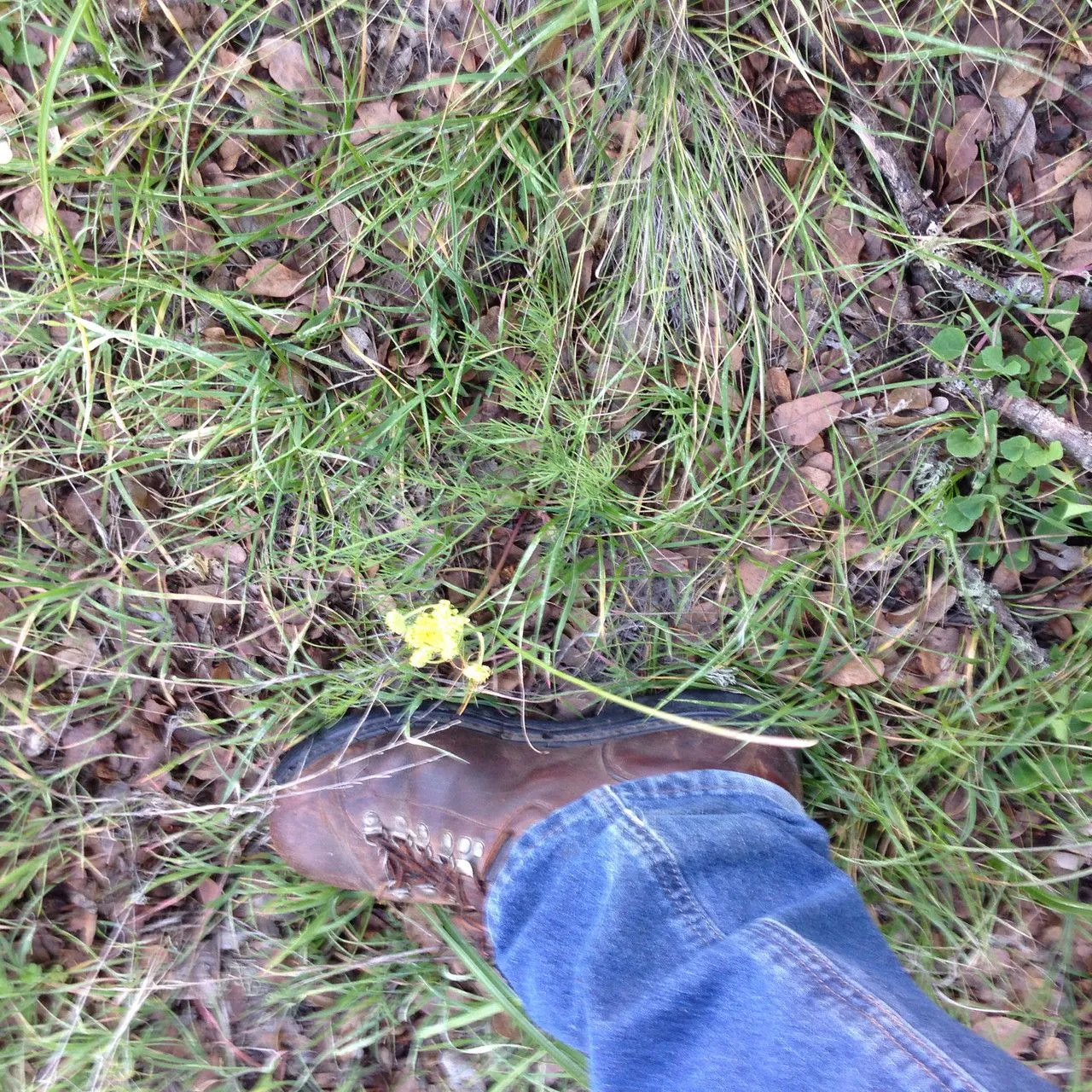
Author: (Nutt.) J.M.Coult. & Rose
Bibliography: Contr. U.S. Natl. Herb. 7: 215 (1900)
Year: 1900
Status: accepted
Rank: species
Genus: Lomatium
Vegetable: False
Observations: W. Canada to California
The Common lomatium, scientifically known as Lomatium utriculatum, is a fascinating plant species that belongs to the Apiaceae family. First detailed in a publication by J.M. Coult. & Rose in 1900, as referenced in the Contributions from the United States National Herbarium, this plant has garnered interest for its presence across a wide geographical range.
The Common lomatium can be found stretching from Western Canada down to California. This distribution indicates its adaptability to a variety of climatic conditions and terrains, making it a resilient species within its genus. Adaptable and hardy, Lomatium utriculatum typically thrives in diverse environments, demonstrating the robustness characteristic of many members of the Apiaceae family.
Botanically, the plant exhibits several notable features that make it identifiable and distinguished among other species. It has distinctly divided leaves, typical of the Apiaceae family, and produces small, yellow flowers arranged in umbrella-like clusters. These flowers usually bloom in spring, adding a splash of color to the landscape and serving as an important source of nectar for various pollinators.
The Common lomatium has also been observed to hold cultural and ecological significance. It has historically been used by indigenous peoples for its edible and medicinal properties. The root of the plant is often noted as a source of nourishment and has been used traditionally in various treatment practices.
In modern times, beyond its ecological value, the presence of Lomatium utriculatum continues to draw interest from botanists and plant enthusiasts alike. Its ability to endure different environmental conditions and its historical importance underscore the plant’s role in both natural ecosystems and cultural heritage.
In conclusion, Lomatium utriculatum stands out not only for its botanical characteristics but also for its wide distribution and cultural significance. As it ranges from Western Canada to California, this plant remains a quintessential example of the diversity and resilience found within the Apiaceae family.
Eng: common lomatium, fine-leaf desert-parsley, fine-leaved desert-parsley, bladder desert-parsley, fine-leaved lomatium, foothill desert-parsley, spring gold
Fra: lomatium utriculé
En: Common lomatium, Foothill Desert-parsley, Spring Gold, Bladder-parsnip, Fine-leaf desert-parsley, Fine-leaved desert-parsley, Bladder desert-parsley, Fine-leaved lomatium
Fr: Lomatium utriculé
Taken Feb 14, 2016 by EOL − Daniel George (cc-by-nc)
Taken Feb 14, 2016 by EOL − Daniel George (cc-by-nc)
Taken Jan 17, 2016 by EOL − chlorophilia (cc-by-nc)
Taken Jan 14, 2016 by EOL − Lauren Magner (cc-by-nc)
Taken Jan 14, 2016 by EOL − Lauren Magner (cc-by-nc)
Taken May 17, 2018 by Lisa J (cc-by-sa)
Taken Apr 20, 2014 by EOL − Don Loarie (cc-by)
Taken Mar 24, 2016 by EOL − galianotwins (cc-by-nc)
Taken Mar 24, 2016 by EOL − galianotwins (cc-by-nc)
Taken May 8, 2022 by Christiana Beaudin (cc-by-sa)
Taken Apr 3, 2020 by Ralph Hecht (cc-by-sa)
Taken May 30, 2021 by Alberta Alberta (cc-by-sa)
Taken Mar 9, 2015 by EOL − Ken-ichi Ueda (cc-by-nc)
Taken Dec 10, 2008 by EOL − Keir Morse (cc-by-nc-sa)
Taken Feb 10, 2008 by EOL − Keir Morse (cc-by-nc-sa)
Taken Mar 2, 2016 by EOL − kevinhintsa (cc-by-nc)
Taken Mar 15, 2016 by EOL − Christian Schwarz (cc-by-nc)
Taken Oct 16, 1998 by EOL − Charles Webber (cc-by-nc-sa)
Taken Feb 10, 2008 by EOL − Keir Morse (cc-by-nc-sa)
© copyright of the Board of Trustees of the Royal Botanic Gardens, Kew.
© copyright of the Board of Trustees of the Royal Botanic Gardens, Kew.
Growth habit>: Forb/herb
Family: Myrtaceae Author: (F.Muell.) K.D.Hill & L.A.S.Johnson Bibliography: Telopea 6: 402 (1995) Year: 1995 Status:…
Family: Rubiaceae Author: Pierre ex A.Froehner Bibliography: Notizbl. Bot. Gart. Berlin-Dahlem 1: 237 (1897) Year:…
Family: Sapindaceae Author: Koidz. Bibliography: J. Coll. Sci. Imp. Univ. Tokyo 32(1): 38 (1911) Year:…
Family: Asteraceae Author: A.Gray Bibliography: Pacif. Railr. Rep.: 107 (1857) Year: 1857 Status: accepted Rank:…
Family: Fabaceae Author: Medik. Bibliography: Vorles. Churpfälz. Phys.-Ökon. Ges. 2: 398 (1787) Year: 1787 Status:…
Family: Aspleniaceae Author: (Cav.) Alston Bibliography: Bull. Misc. Inform. Kew 1932: 309 (1932) Year: 1932…